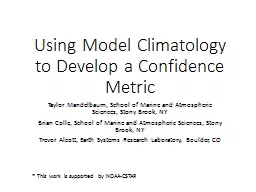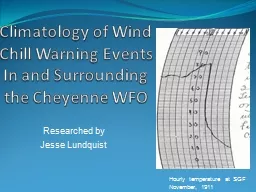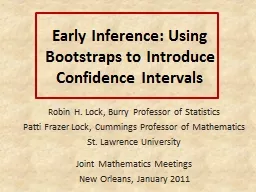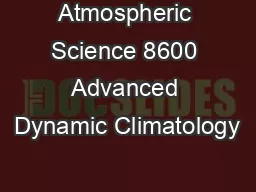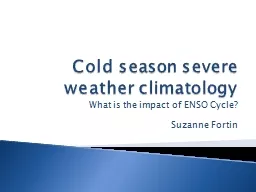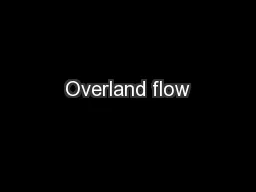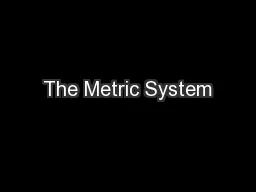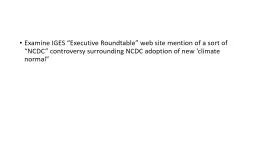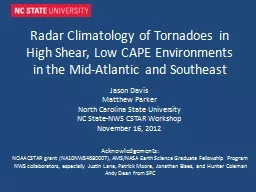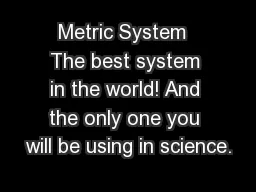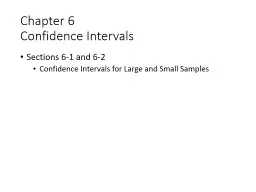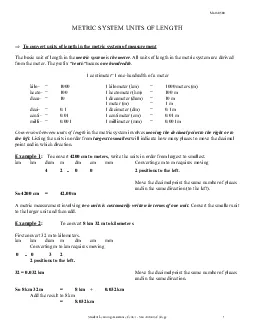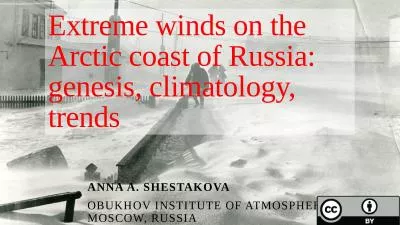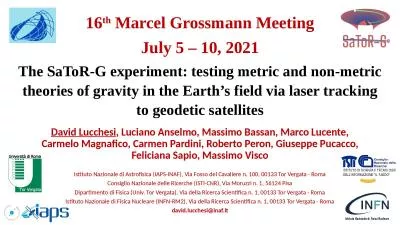PPT-Using Model Climatology to Develop a Confidence Metric
Author : test | Published Date : 2016-09-16
Taylor Mandelbaum School of Marine and Atmospheric Sciences Stony Brook NY Brian Colle School of Marine and Atmospheric Sciences Stony Brook NY Trevor Alcott
Presentation Embed Code
Download Presentation
Download Presentation The PPT/PDF document "Using Model Climatology to Develop a Con..." is the property of its rightful owner. Permission is granted to download and print the materials on this website for personal, non-commercial use only, and to display it on your personal computer provided you do not modify the materials and that you retain all copyright notices contained in the materials. By downloading content from our website, you accept the terms of this agreement.
Using Model Climatology to Develop a Confidence Metric: Transcript
Download Rules Of Document
"Using Model Climatology to Develop a Confidence Metric"The content belongs to its owner. You may download and print it for personal use, without modification, and keep all copyright notices. By downloading, you agree to these terms.
Related Documents

